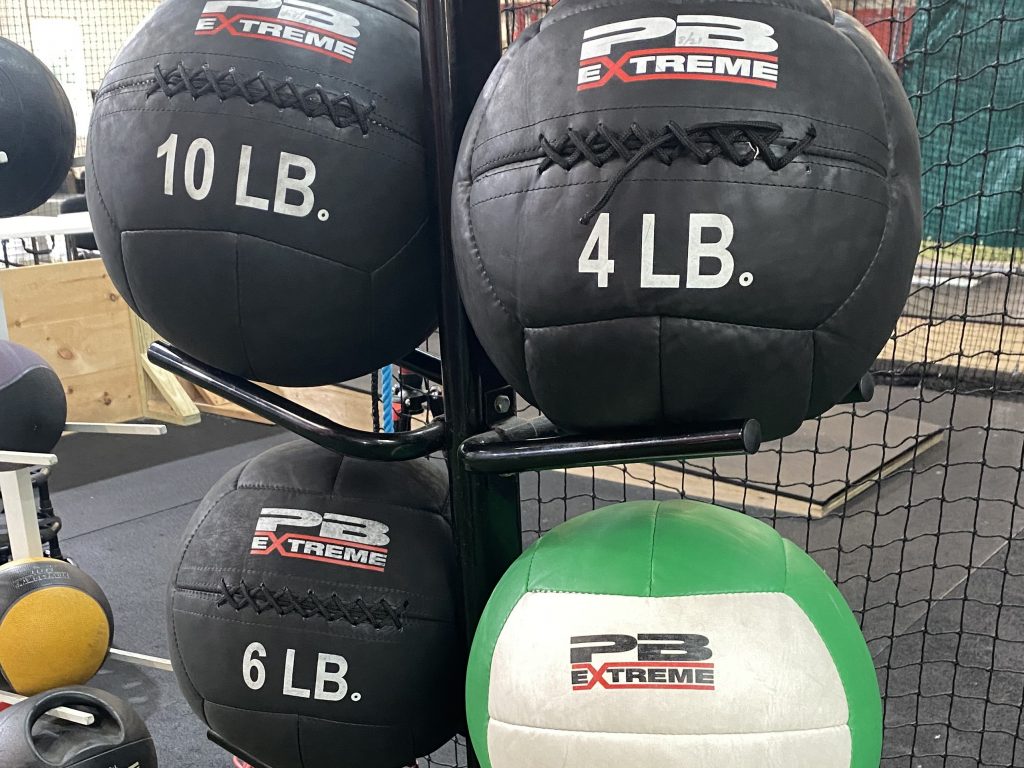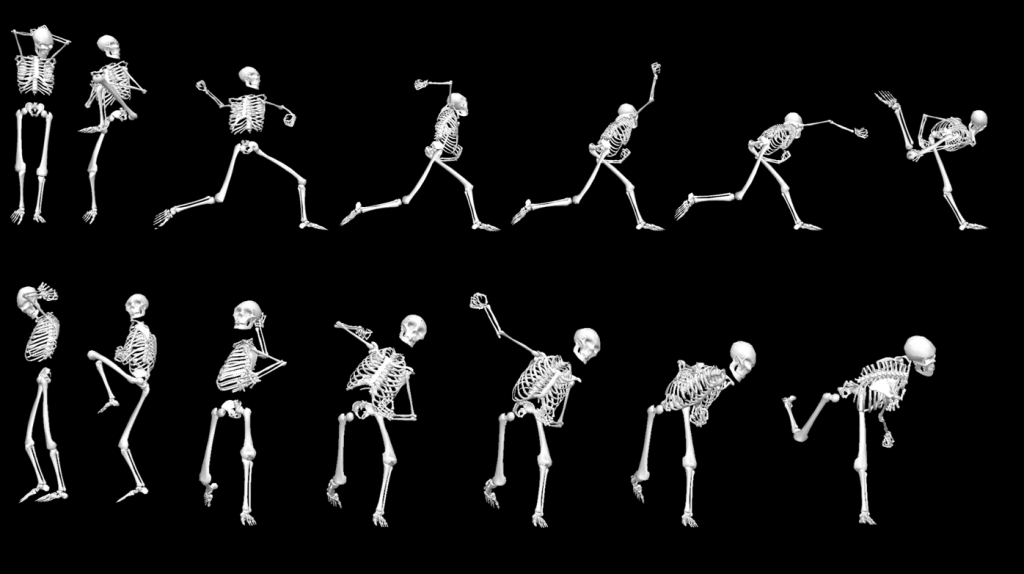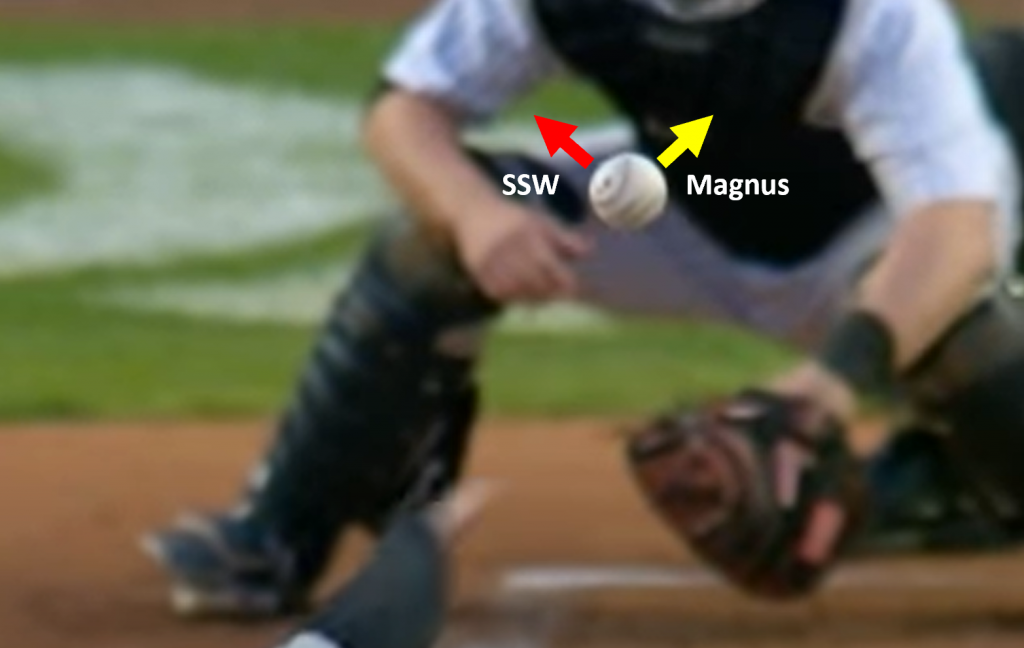
Top six med ball drills that every pitcher and player’s strength training program should be doing this off-season, along with year-round programming suggestions. Enter your email address below and your copy of the “Top Six Med Ball Drills for Pitchers and Ball Players” will be sent directly to your email address. Don’t forget to give us a follow on Instagram / Twitter!









